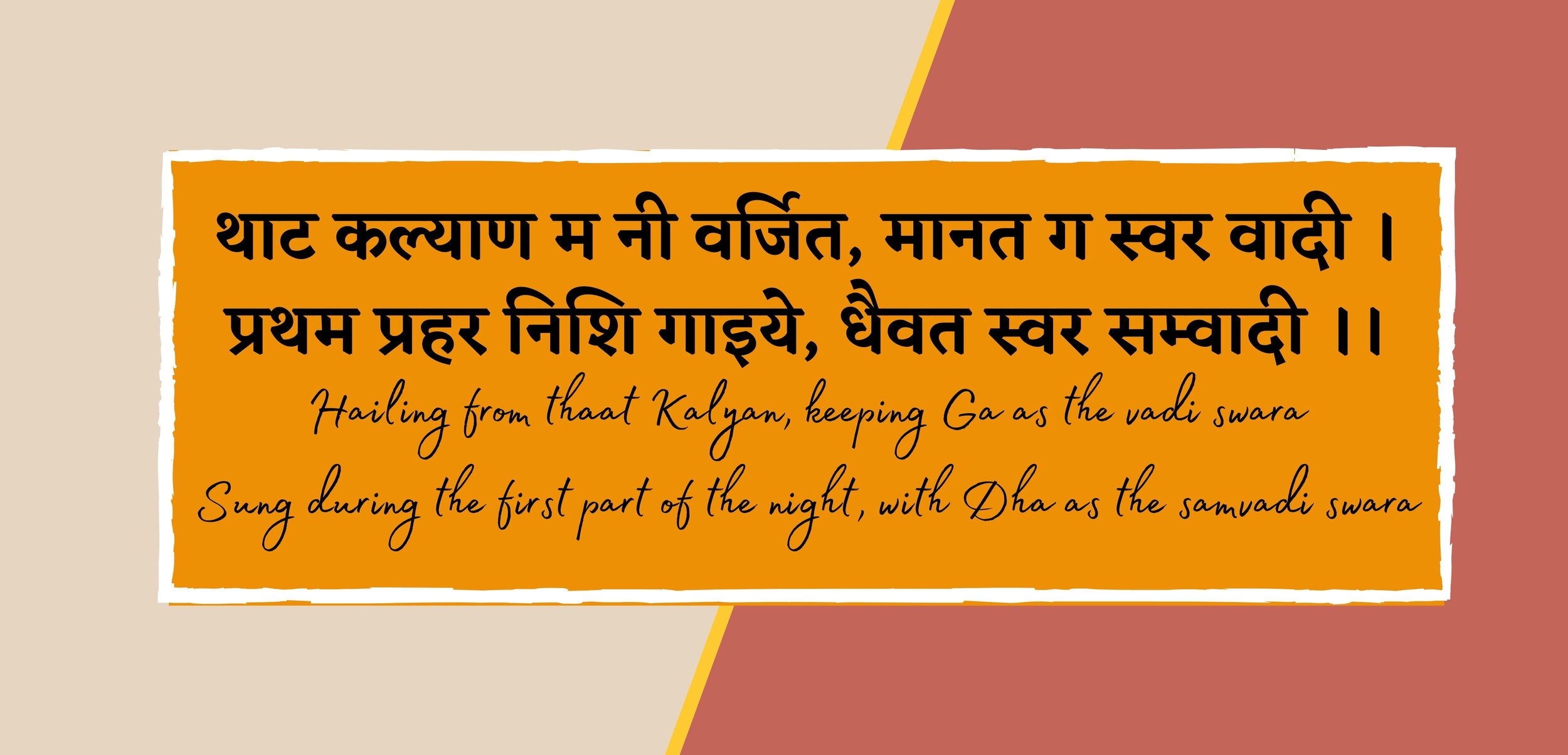Join our community of Indian Classical Music Lovers!
Get exclusive access to translated music theory as written and spoken by the Gurus of Hindustani music!
Raga Bhairav: The Roar of Lord Shiva
Have you ever heard a melody that feels like the first light of day—quiet, sacred, and powerful? Meet Raga Bhairav, the ancient morning raga of Hindustani classical music, revered not just for its haunting beauty but for its deep spiritual roots.
Performed at daybreak, Raga Bhairav is solemn, meditative, and inward-looking. Its signature notes—komal Re and Dha—are rendered with a gentle oscillation that creates a serene, spacious mood. But Bhairav is more than music—it is a musical embodiment of Lord Shiva in his fierce, protective form: Kala Bhairava.
Thaat Classification System in Hindustani Music
The ‘thaat’ system in Hindustani music was created as a way to classify the countless ragas that exist within the style. It takes ragas with similar features and groups them together.
Raga Yaman
Raga Yaman, also sometimes known as Raga Kalyan, is usually one of the beginner ragas taught to students because it uses all of the 7 notes. This raga is considered to be the Janaka Raga/Ashraya Raga of the family Kalyan.
Subscribe for as a low as $3.99/month for access to this and more theory!
Raga Bhoopali
Raga Bhoop or Bhoopali is the first raga taught to most students of Hindustani music. It uses 5 of the 7 shuddha swaras of the saptak; Madhyam (Ma) and Nishad (Ni) are not allowed in this raga. Its jati is audhav, meaning that both the aaroha and avroha have 5 notes.
Subscribe for as a low as $3.99/month for access to this and more theory!
What is a raga?
A raga is considered to be the soul of Indian classical music, whether it be Hindustani or Carnatic. It is the backbone of classical music.
Subscribe for as a low as $3.99/month for access to this and more theory!
Introduction to Sur and Swara
These shuddha swaras, or notes, have been established in our ancient musical scriptures. The combination of these 7 notes creates a saptak, or an octave: SA RE GA MA PA DHA NI SA






